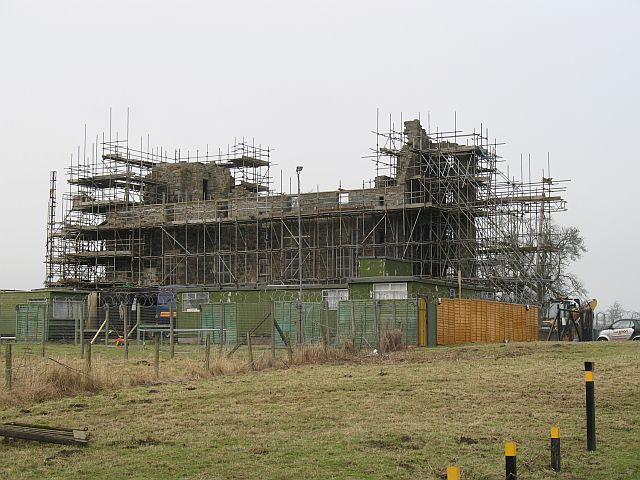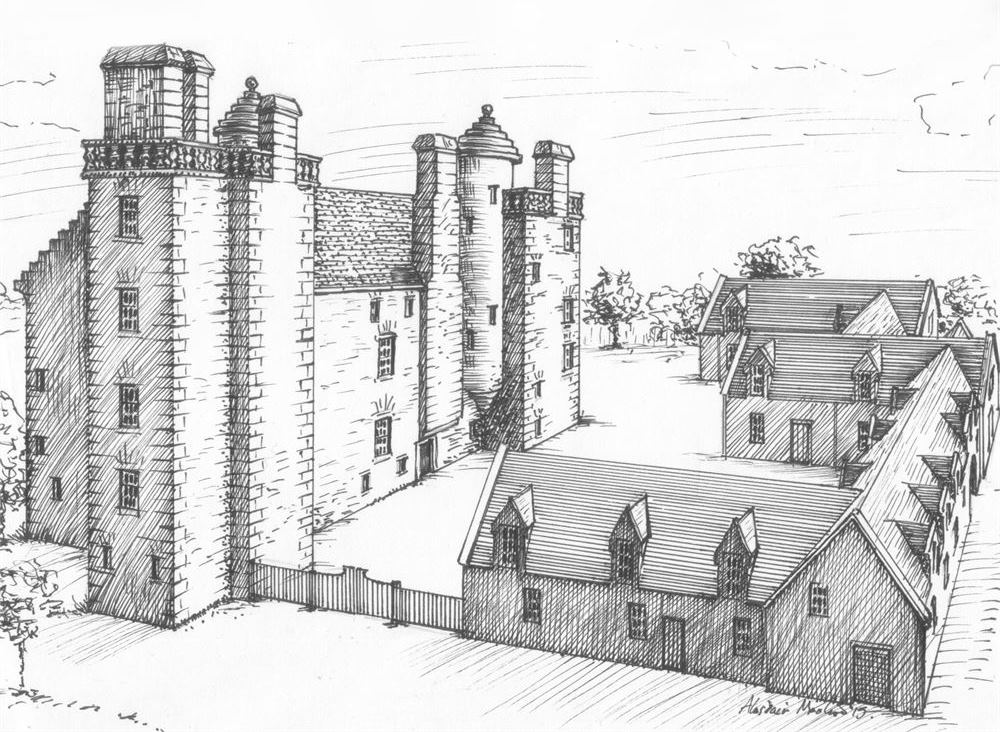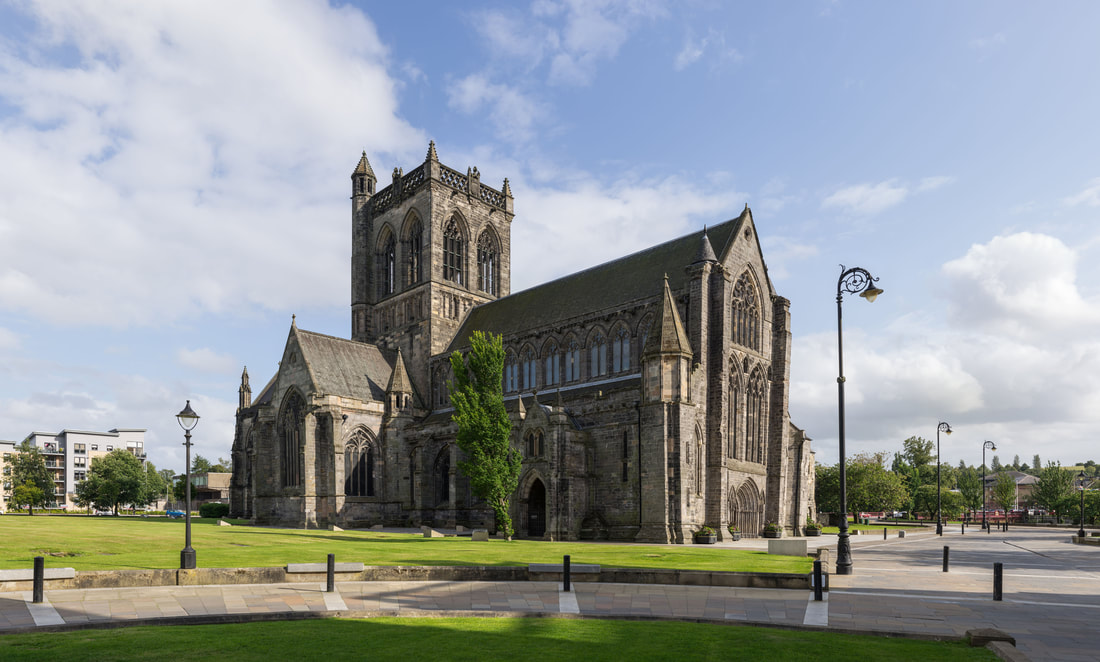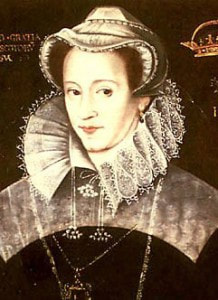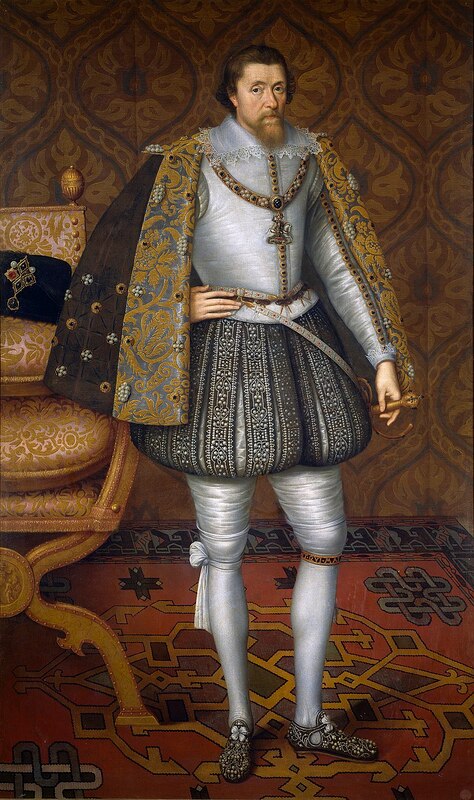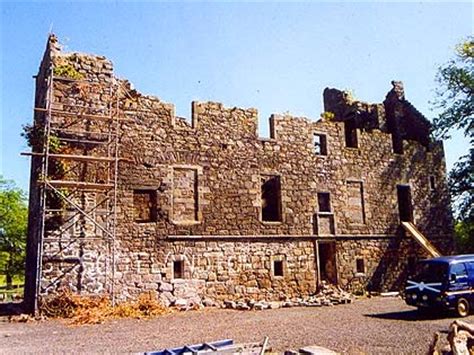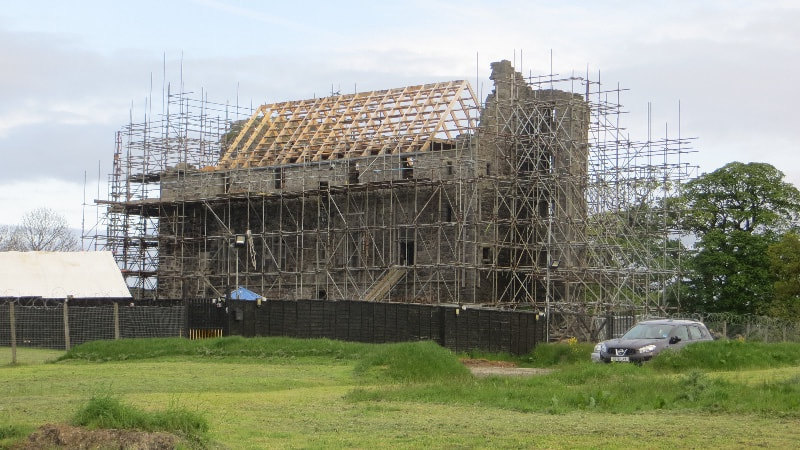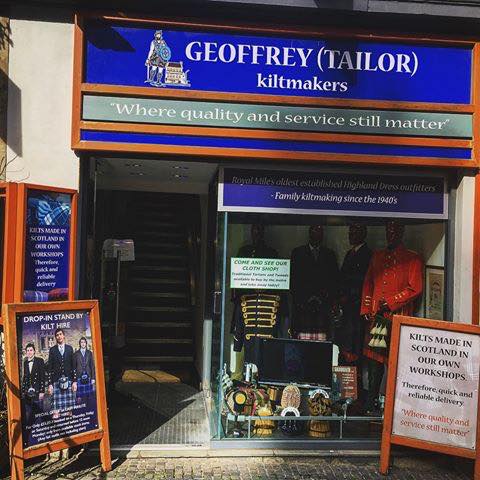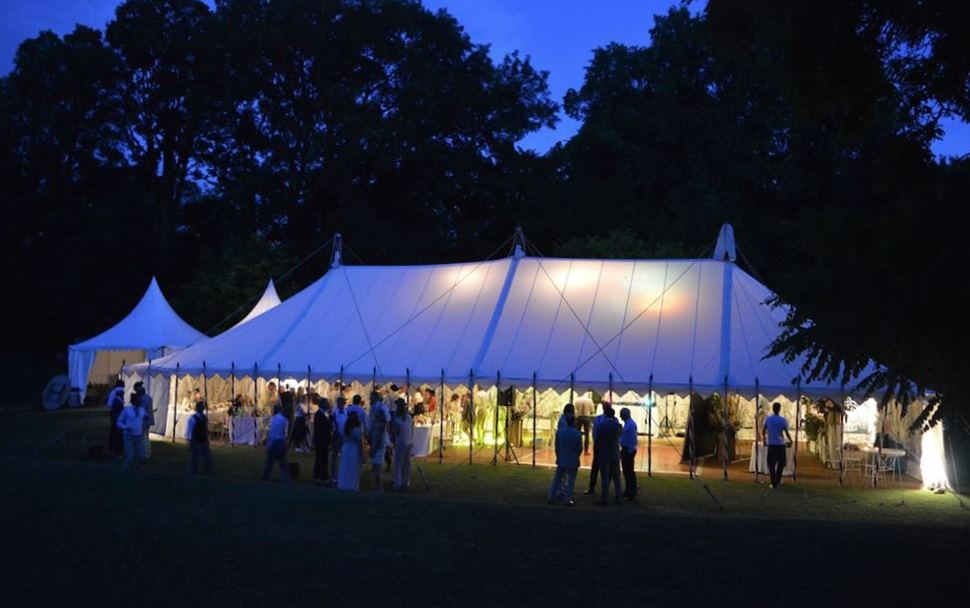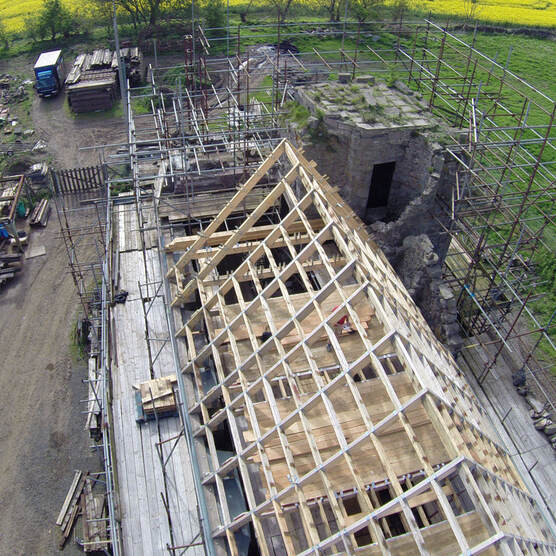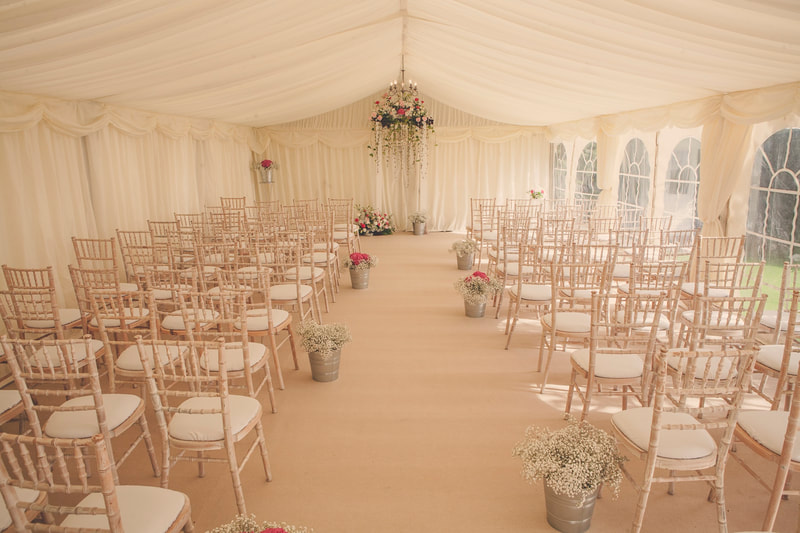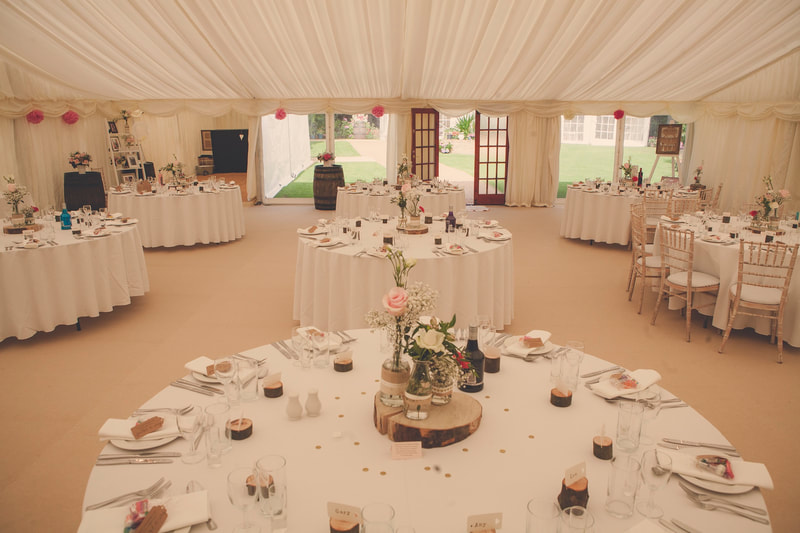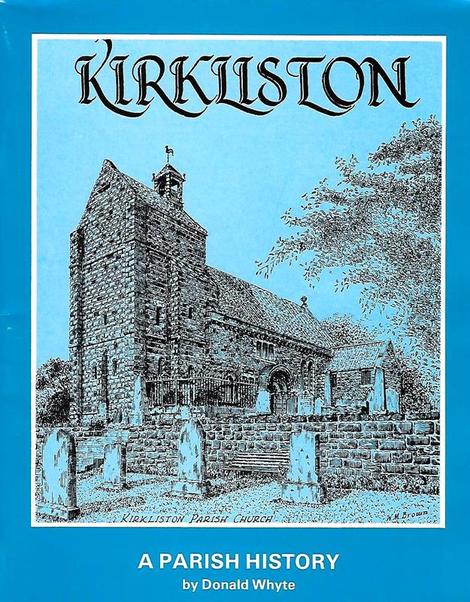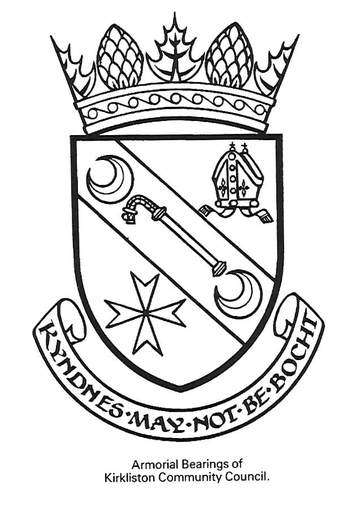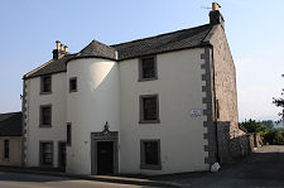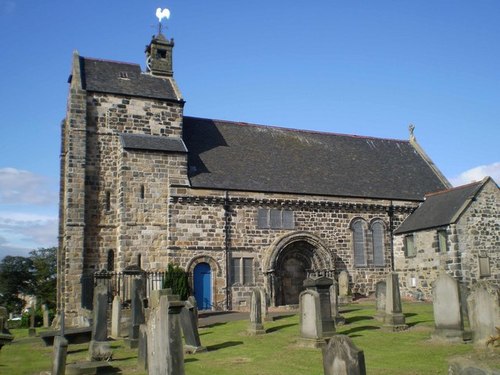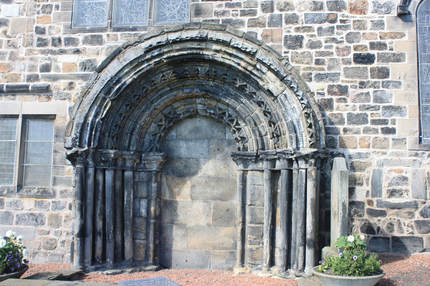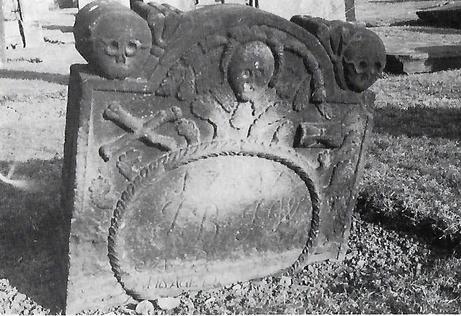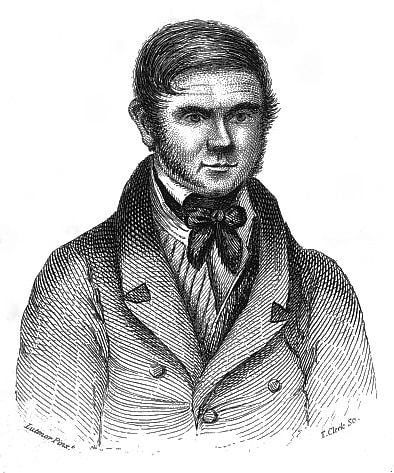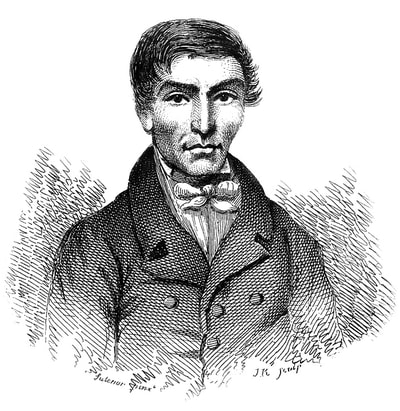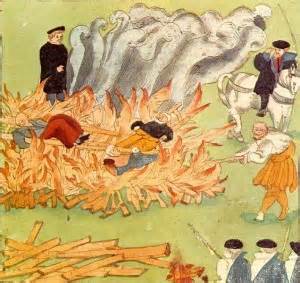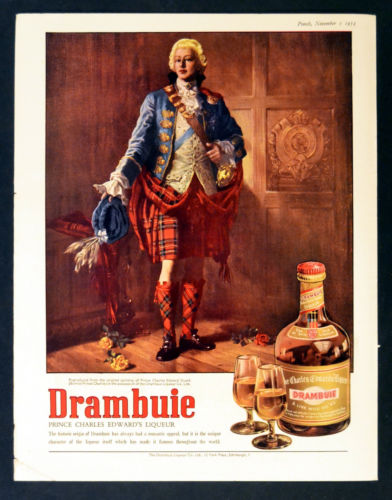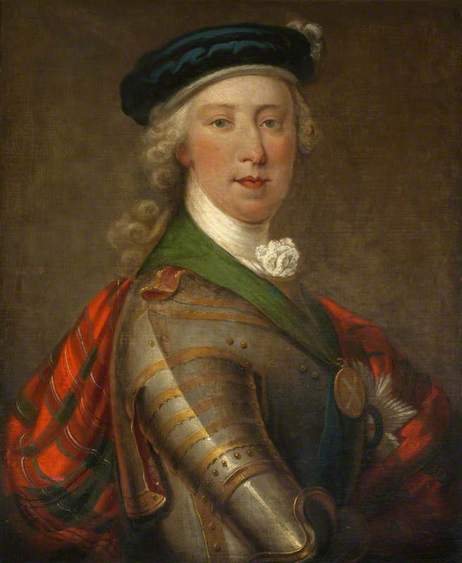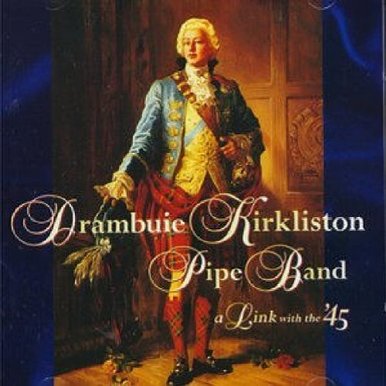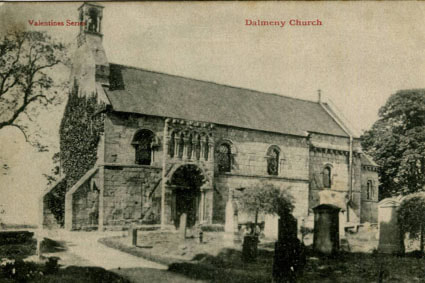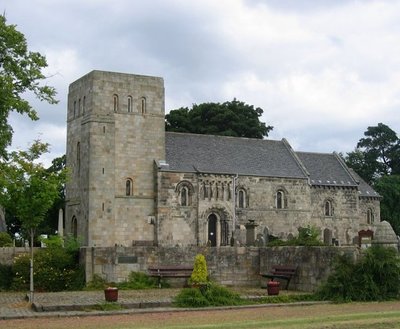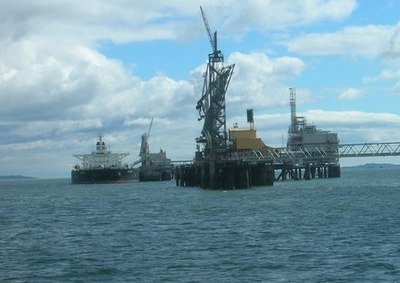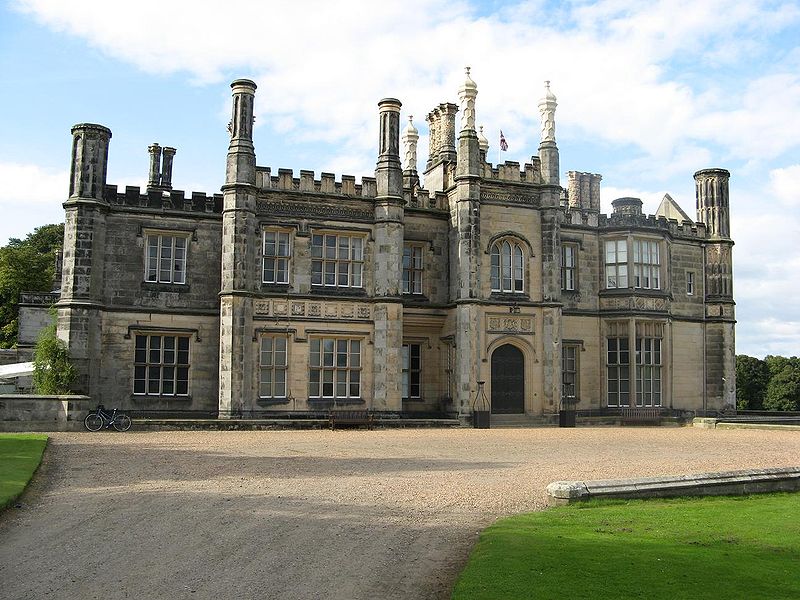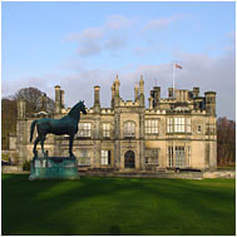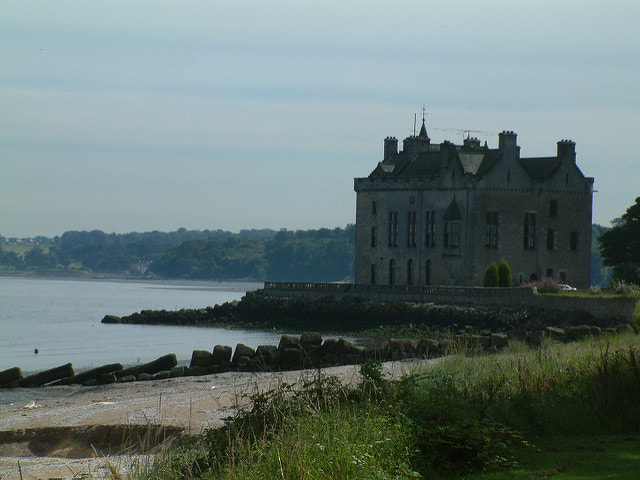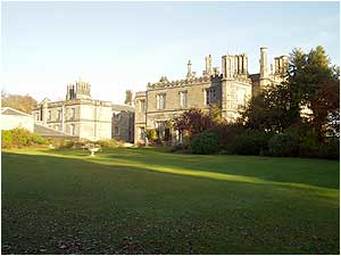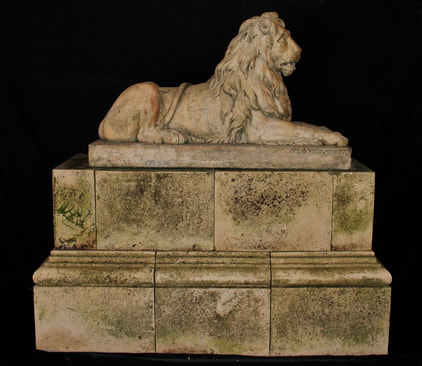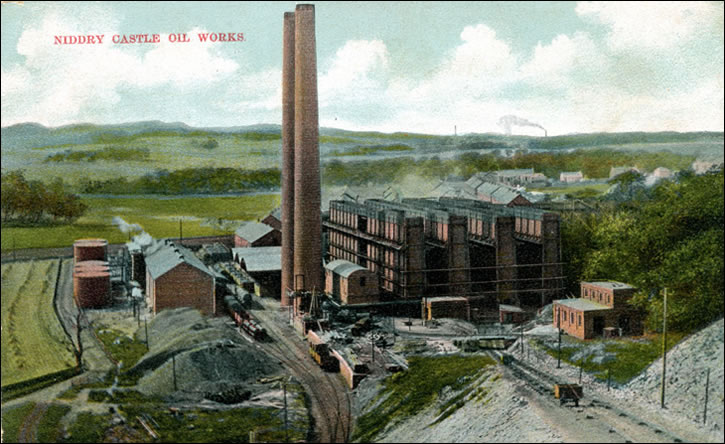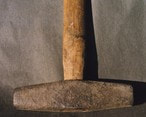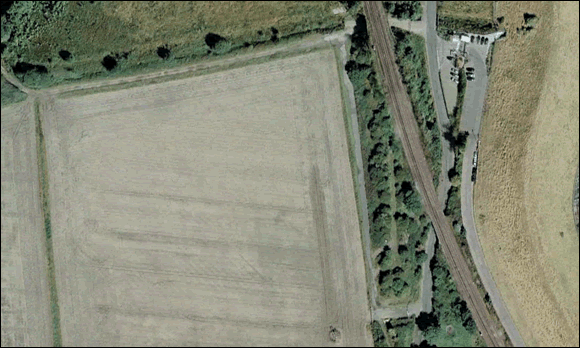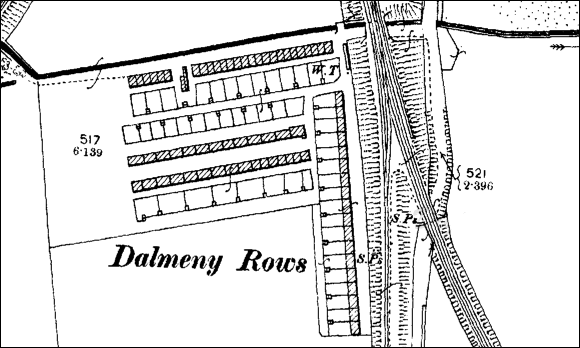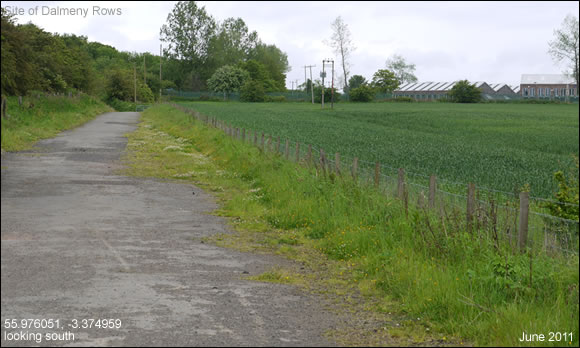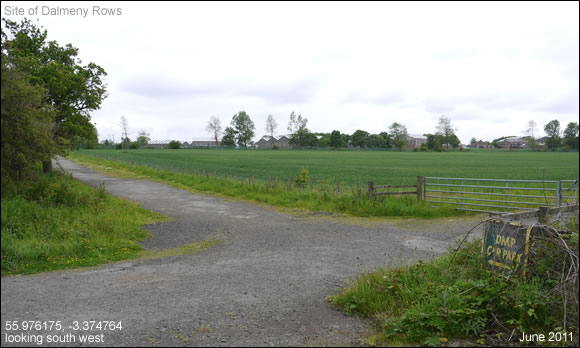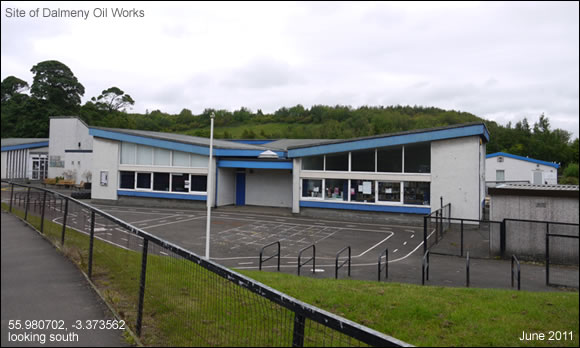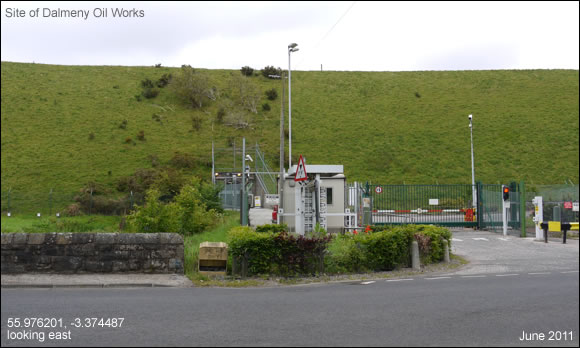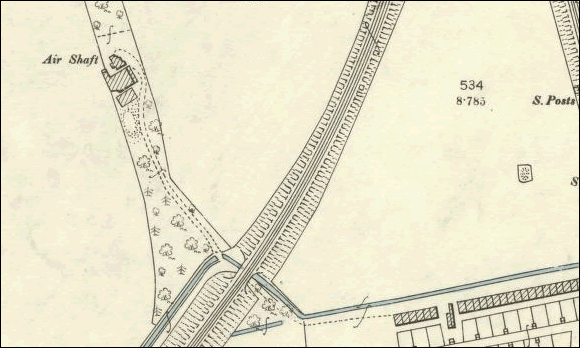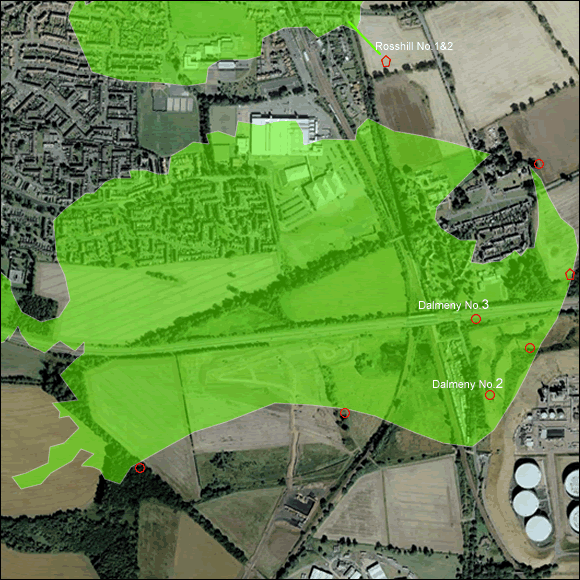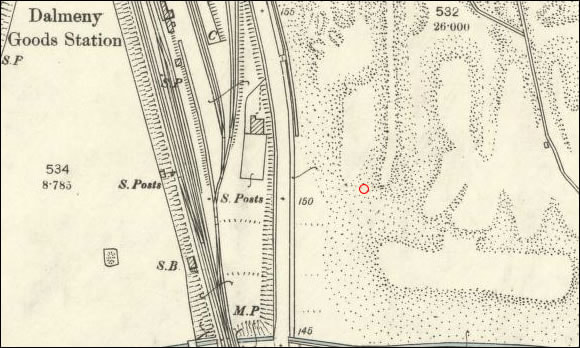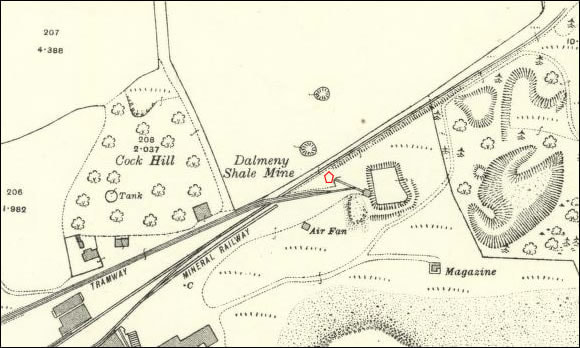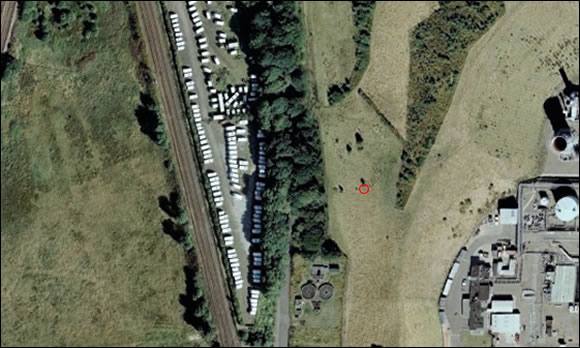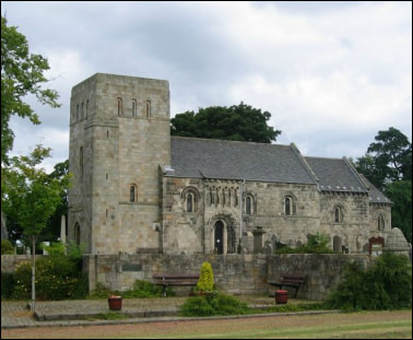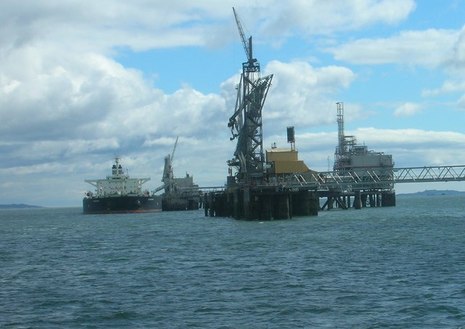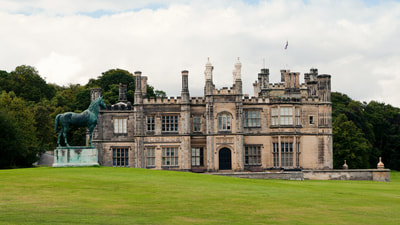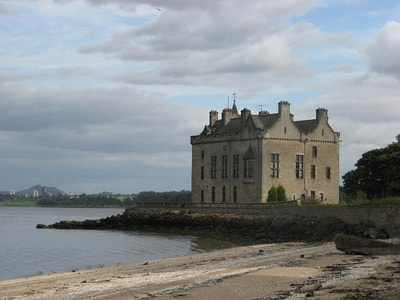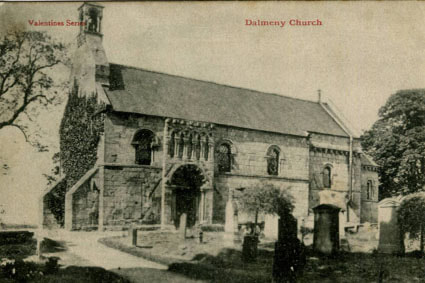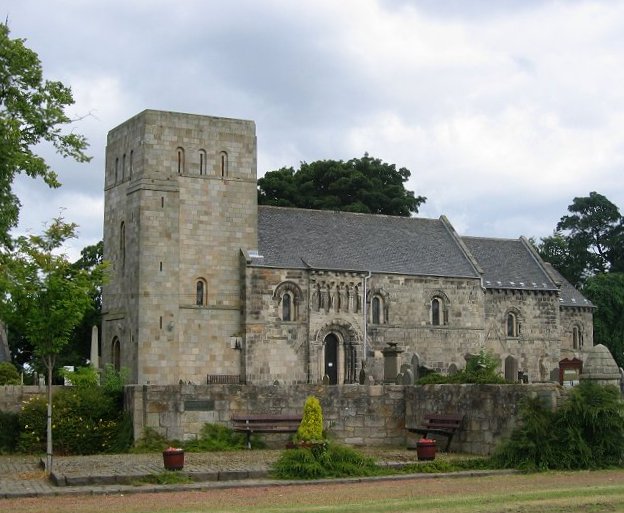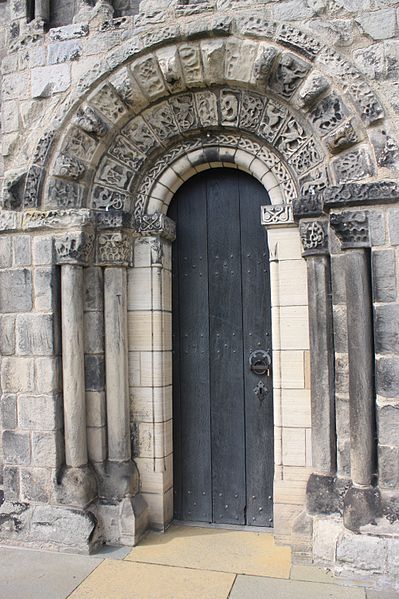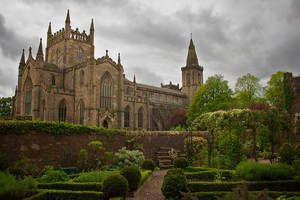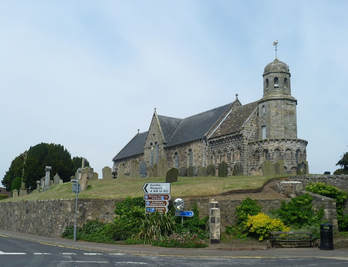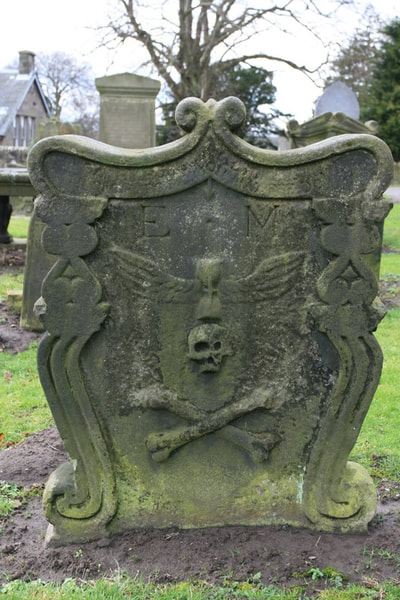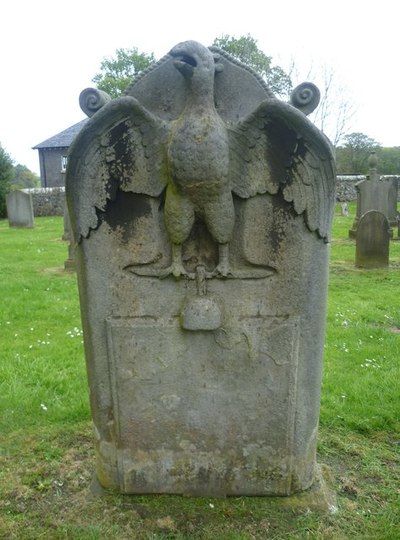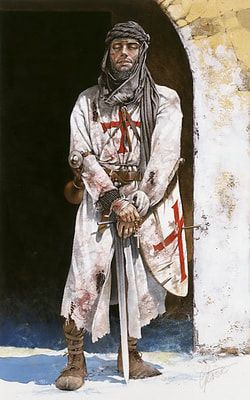The historic Duntarvie Castle site dates back over 800 years.
The Scots Renaissance mansion has a rich history, having previously been the residence of the both the Lindsay and Durham families. It is located 1.5 kilometres north of Winchburgh and 9 kilometres east of Linlithgow. A category ‘A’ listed building, constructed in the late 16th century, the building has been undergoing restoration since the 1990s.
The lands of Duntarvie were in possession of the Lindsays from 1527. A charter in 1605 transferred the property from the Lindsays to the Hamiltons of Abercorn. This 1605 charter shows the existence of the castle as early as 1212.
The Durham family initially held Duntarvie as tenants of the Hamilton family. However, according to Historic Environment Scotland, Duntarvie was then granted to James Durham in 1588. The building as it survives today was constructed shortly afterwards.
The Scots Renaissance mansion has a rich history, having previously been the residence of the both the Lindsay and Durham families. It is located 1.5 kilometres north of Winchburgh and 9 kilometres east of Linlithgow. A category ‘A’ listed building, constructed in the late 16th century, the building has been undergoing restoration since the 1990s.
The lands of Duntarvie were in possession of the Lindsays from 1527. A charter in 1605 transferred the property from the Lindsays to the Hamiltons of Abercorn. This 1605 charter shows the existence of the castle as early as 1212.
The Durham family initially held Duntarvie as tenants of the Hamilton family. However, according to Historic Environment Scotland, Duntarvie was then granted to James Durham in 1588. The building as it survives today was constructed shortly afterwards.
One story is that the castle is haunted by the ghost of the Countess of Abercorn, and the apparition has reportedly been seen on the battlements, while disembodied voices are said to have been heard during the night. It is thought the identity of the Countess of Abercorn may be Marion Boyd, 1583 - 1632, who was married to Sir James Hamilton, 1575 – 1618, a staunch Protestant. He was created 1st Earl of Abercorn in 1606. His death proved a turning point in the family’s denominational adherence. She was a prominent Roman Catholic and after refusing to convert, was excommunicated by the Church of Scotland in 1628 and subsequently imprisoned in Edinburgh. Weakened by conditions during her captivity, she died in 1632 and is buried in Paisley Abbey. However, why would she haunt Duntarvie castle?
In the 16th century, Alexander Durham and his heirs were given several royal appointments. Mary, Queen of Scots’ granted the position of ‘Master of the Prince’s Wardrobe’ to Alexander, who was also a Clerk in the Exchequer. Prince James would later become King James VI and I, and therefore Alexander was responsible for the royal tailoring.
His son James took over his father’s offices in 1580 and served as Chamberlain for Linlithgowshire between 1595 and 1600. He witnessed several charters made by King James at Holyrood House.
The Durham family left Duntarvie in the 1770’s.
His son James took over his father’s offices in 1580 and served as Chamberlain for Linlithgowshire between 1595 and 1600. He witnessed several charters made by King James at Holyrood House.
The Durham family left Duntarvie in the 1770’s.
(Hover cursor over images for description)
By 1826 the house was in the ownership of the Earl of Hopetoun and in need of urgent repair. It was uninhabited from the 1840s, and by the 20th century it was ruinous and roofless.
In the late 20th century the castle was purchased by kiltmaker Geoffrey Nicholsby, (whose mother was a kilt maker during WW2), with the intention of restoring it as a headquarters of his business Highland Crafts Ltd. Preparatory work began in 1994, but part of the east tower collapsed in January 1995.
In 2008 it was reported that Nicholsby had obtained scheduled monument consent for the restoration, but was placing the property on the market. However, no sale took place, and in 2013 Nicholsby sought planning permission for a "tank play park" in the grounds, that would fund the restoration. Though initially positive, West Lothian Council refused permission when no legal agreement could be reached on the restoration funding. In 2015, roof trusses were installed on the building.
In 2008 it was reported that Nicholsby had obtained scheduled monument consent for the restoration, but was placing the property on the market. However, no sale took place, and in 2013 Nicholsby sought planning permission for a "tank play park" in the grounds, that would fund the restoration. Though initially positive, West Lothian Council refused permission when no legal agreement could be reached on the restoration funding. In 2015, roof trusses were installed on the building.
Alongside their shop on Edinburgh’s historic Royal Mile, the tailoring workshops, offices and suite with showroom, are now based at Duntarvie Castle. His kilt company has made outfits for celebrities such as Robbie Williams, Sir Sean Connery and Dame Joan Collins.
Geoffrey has brought the tradition of fine tailoring back to the historic site – giving a new lease of life.
Geoffrey has brought the tradition of fine tailoring back to the historic site – giving a new lease of life.
In November 2016, the tartan for the Mars exploration programme was designed at the castle. As a nod towards its involvement, a landmark on Mars has now been named ‘Duntarvie Castle’ in honour of the association. “Duntarvie Castle” is a area of local bedrock in a geologic formation called “The Murray Formation”.
Tartan Details - Mars Exploration
The information held within The Scottish Register of Tartans for the "Mars Exploration" tartan is shown below.
Reference:
11658
Designer:
Geoffrey (Tailor) Highland Crafts
Tartan date:
25/08/2016
Registration date:
16 November 2016
Category:
Other
Restrictions:
Yes.
To be woven only through Geoffrey (Tailor) Highland Crafts.
Registration notes:
Designed on behalf of Charles Cockell, Professor of Astrobiology, Edinburgh University, this tartan is intended to be worn during Mars science, exploration and outreach activities. Colours: the red background depicts the surface of Mars, the Red Planet; blue depicts the water-rich past of Mars and the presence of water, mainly as ice, on the planet today; the four green lines represent Mars, the fourth planet from the Sun, the presence of habitable conditions on the planet and the possible future presence of life in the form of human settlement; the thick white line represents the Martian poles, visible from the Earth, a conspicuous and important feature of the planet and its long-term climatic cycles.
Note: This tartan was registered in the official Scottish Register of Tartans.
The information held within The Scottish Register of Tartans for the "Mars Exploration" tartan is shown below.
Reference:
11658
Designer:
Geoffrey (Tailor) Highland Crafts
Tartan date:
25/08/2016
Registration date:
16 November 2016
Category:
Other
Restrictions:
Yes.
To be woven only through Geoffrey (Tailor) Highland Crafts.
Registration notes:
Designed on behalf of Charles Cockell, Professor of Astrobiology, Edinburgh University, this tartan is intended to be worn during Mars science, exploration and outreach activities. Colours: the red background depicts the surface of Mars, the Red Planet; blue depicts the water-rich past of Mars and the presence of water, mainly as ice, on the planet today; the four green lines represent Mars, the fourth planet from the Sun, the presence of habitable conditions on the planet and the possible future presence of life in the form of human settlement; the thick white line represents the Martian poles, visible from the Earth, a conspicuous and important feature of the planet and its long-term climatic cycles.
Note: This tartan was registered in the official Scottish Register of Tartans.
In 2018 the land was granted planning permission to build a permanent marquee structure on the property to host weddings and events. This allowed the site to begin to host weddings with temporary Marquees and in May 2019 the building of the new 'Summerhouse' style marquee began on the land to the rear of the property to enable a permanent offering for all events.
Today Duntarvie castle is in the midst of an extensive restoration project to restore the castle to its former glory. The main castle building has been reconstructed to the roof level with the tower sections still requiring extensive work. The Great hall restoration is the current focus of the project with a local stonemason diligently restoring all original features to their former glory. Once finished, the hall will be available for event bookings. In addition, it will enable couples to have a rustic setting for their marriage ceremony or photo.
Images from Duntarvie Castle website, with permission
A stonemason is currently in the final stages of completing the rear castle entrance. The completion will enable guests to have access between the summerhouse marquee site and the great hall.
All events held at the venue help to support the ongoing restoration of Duntarvie castle. Therefore, every penny received from events goes into the Duntarvie castle restoration fund.
© Queensferry History Group 2019
